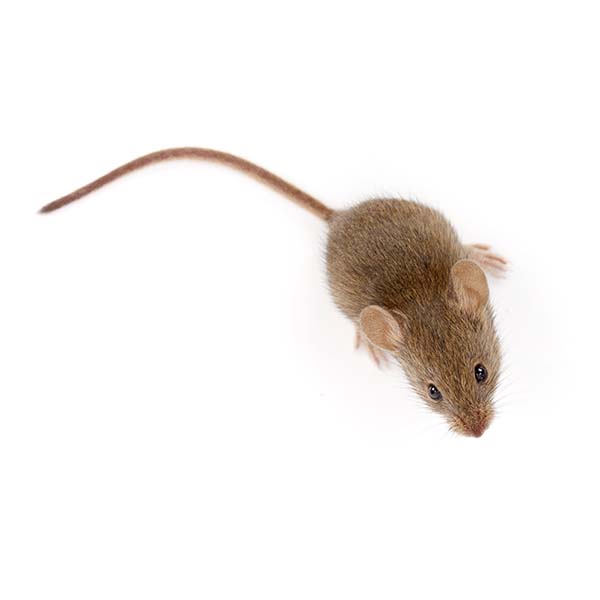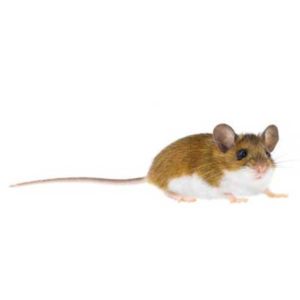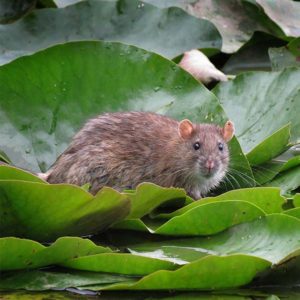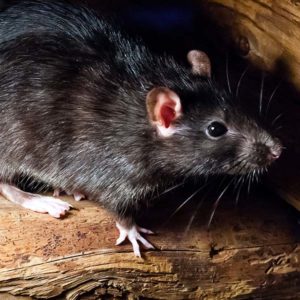Description
| Size | 2 – 4 in. long and under 1 oz. in weight |
| Color | Light brown to light gray |
| Body Structure | Small, slender bodies covered in short hair with large ears, pointed snout and small eyes and feet. |
| Characteristics | The house mouse matures quickly and is able to produce offspring at 2 months of age. In a lifetime, a typical house mouse may have upwards of 50 offspring, producing litters every 40-50 days with up to seven offspring in each litter. The average life span of a house mouse is around 1 year. The house mouse has a keen sense of hearing and communicates with other mice by emitting squeaks, which occasionally are audible to humans. |
| Habitat & Behavior | Outdoors, mice will nest in burrows, in piles of leaves or even beneath debris. Indoors, the house mouse nests inside walls or in any sheltered location. Generally nocturnal, the house mouse feeds upwards of 20 times per day and is omnivorous. In fact, it is infamous for causing damage to wood, plastic, drywall, and clothing. The house mouse often can be detected via its rod-shaped droppings. |
| Prevention & Treatment | Sealing gaps around doors and caulking cracks and crevices is a good preventative measure. Although primitive traps may be effective in short measure, seeing one mouse often is indicative of larger infestation. Because they can carry disease and other vector pests, it is recommended that you contact a pest control professional if you suspect an infestation of house mice. Find out more about rodent treatment options. |



